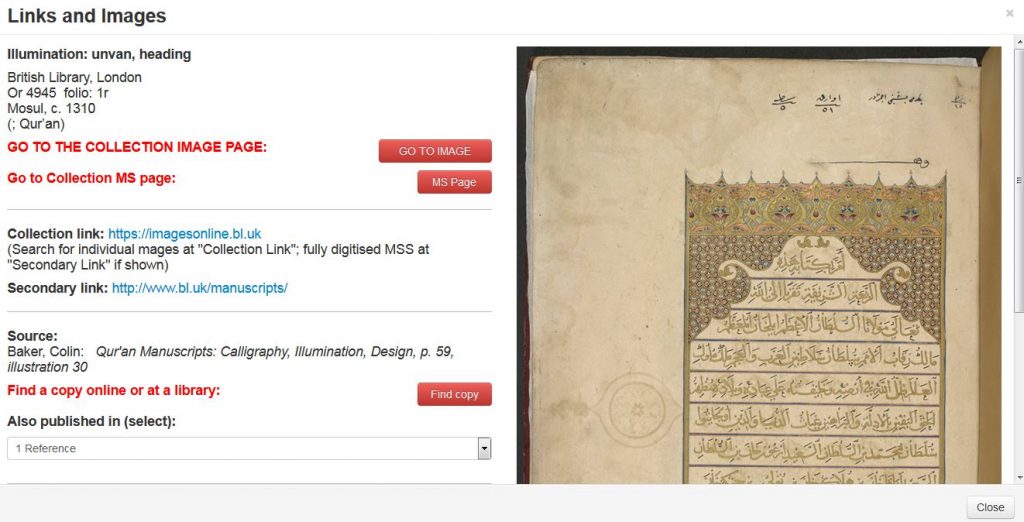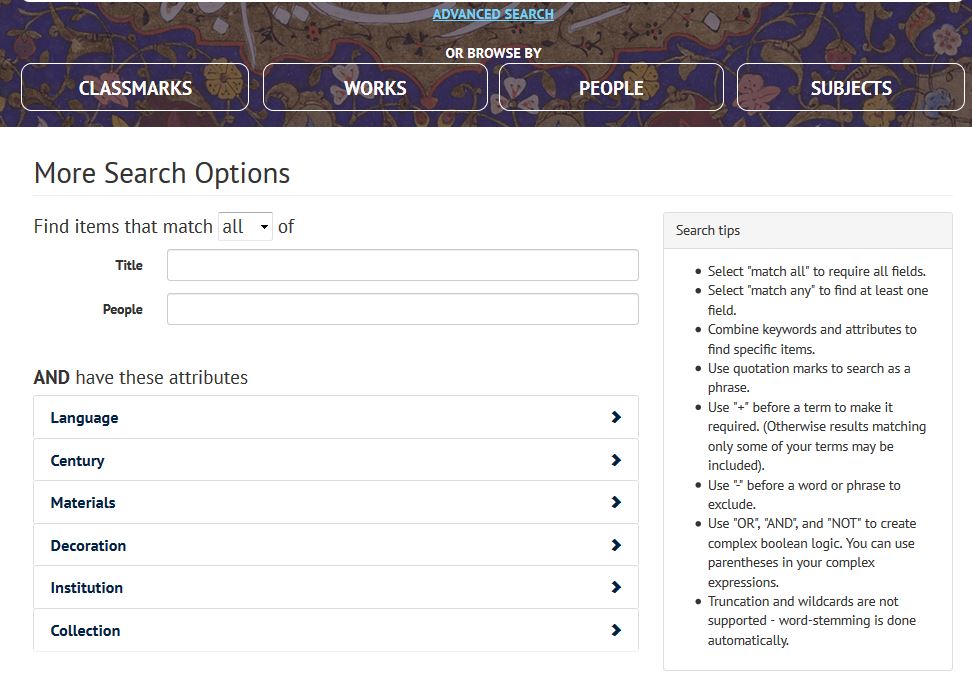
Mouse and Manuscript is a free online collection of codicology and paleography lessons in a form of an innovative online “textbook”. Mouse and Manuscript is created by researchers and librarians at Leiden University, using rich and outstanding collection of Oriental manuscripts at Leiden University.
According to Dictionary of English Manuscript terminology:
“‘Codicology’ denotes the study of manuscript books, or codices, in all aspects, including their physical structure, texts, script, binding, decoration, and other features of their production.” *
“’Paleography’ denotes the study of handwriting and of the history of scripts. It involves such practices as the analysis and description of old manuscripts, the deciphering of texts, the dating and identification of hands and scripts, and recognition of the place of origin of a manuscript and of the scribal practices and conventions represented in it.” **
These lessons are offered in an interactive fashion and the goal is to teach various aspects of codicology and paleography. Moreover, by analyzing historical traces in the digitized manuscripts used in this collection, these lessons are trying to show case methods of book making prior to printing press. So far 53 lessons are released and some of the titles are as follow:
The Manuscripts used in this online textbook are in Arabic, Persian, …. and from Middle East, East Asia, Africa and beyond.
Each lesson consists of several parts, such as an overview of the the manuscript, discussing the specification of the document, transcription and transliteration of the content, and more importantly, fully high resolution digitized manuscript, with the possibility of zooming and turning pages.

At the end of each lesson a list of more relevant readings and resources as are given well as some assignments/homework.
Dorrit van Dalen initiated Mouse and Manuscript, created and edited several lessons (2, 12, 14, 20, 21, 22, 51) and launched the website in 2020. All other contributor and creators of the lessons are linked to Leiden University through their researches, to learn more about individuals involve in this project click here.
McGill Islamic Studies Library also have various resources on Codicology and Paleography that can be searched and found via library catalogue . some of the titles are as follow:
- Comparative oriental manuscript studies : an introduction, by Alessandro Bausi, Eugenia Sokolinski, Pier Giorgio Borbone 2015 , Link to the library here.
- علم الاكتناه العربي الإسلامي = Arabic Islamic palaeography [sic] and codicologyʻIlm al-iktināh al-ʻArabī al-Islāmī = Arabic Islamic palaeography and codicology, by تصنيف قاسم السامرائي., سامرائي، قاسم . 2001. Link to the library here.
- Writings and writing : investigations in Islamic text and script : in honour of Dr Januarius Justus Witkam, Professor of Codicology and Palaeography of the Islamic world at Leyden University, by Robert M Kerr 1968- (Editor), Thomas Milo (Editor), Jan Just Witkam 1945- (Honouree.) 2013. Link to the library here.
* Beal, P. (2008). codicology. In A Dictionary of English Manuscript Terminology 1450–2000. : Oxford University Press. Retrieved 3 Feb. 2021, from https://www.oxfordreference.com/view/10.1093/acref/9780199576128.001.0001/acref-9780199576128-e-0184.
**Beal, P. (2008). palaeography. In A Dictionary of English Manuscript Terminology 1450–2000. : Oxford University Press. Retrieved 3 Feb. 2021, from https://www.oxfordreference.com/view/10.1093/acref/9780199576128.001.0001/acref-9780199576128-e-0718




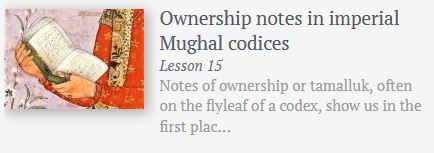



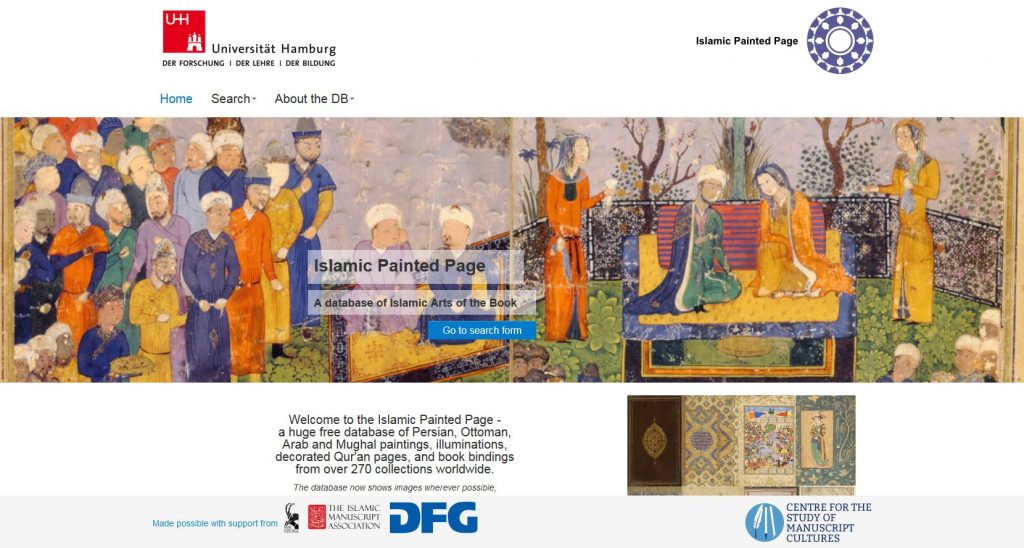
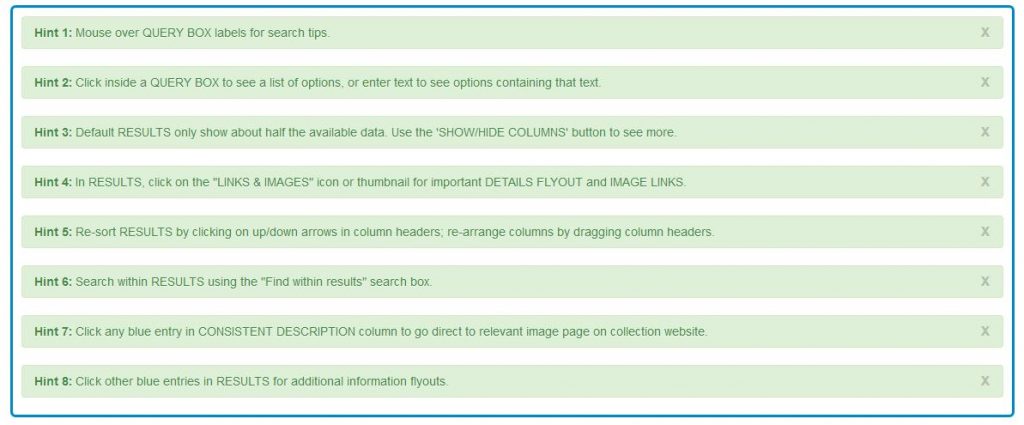

 Here is an example of a result page for search by picture description only.
Here is an example of a result page for search by picture description only.
